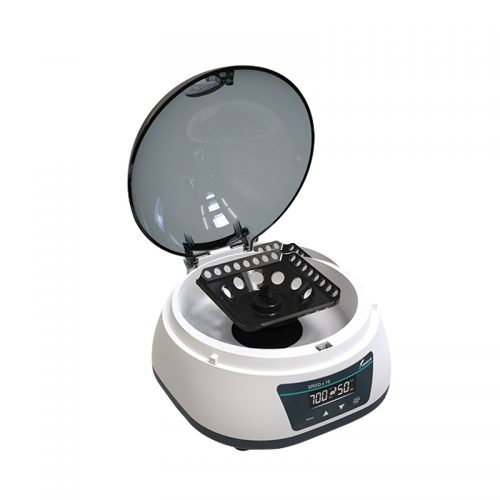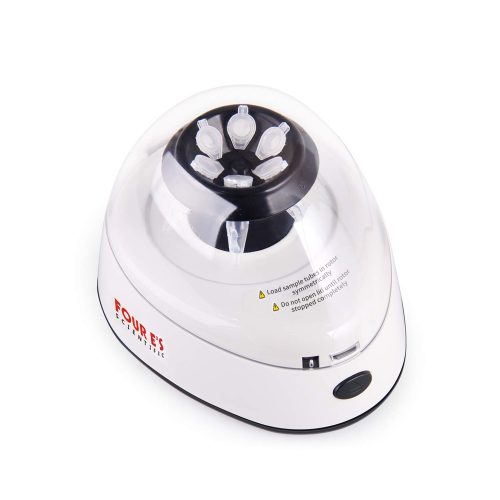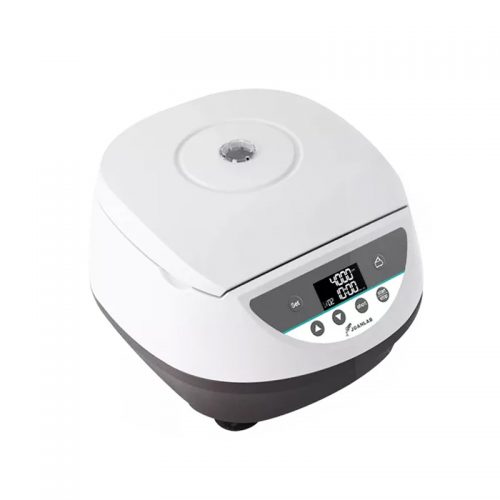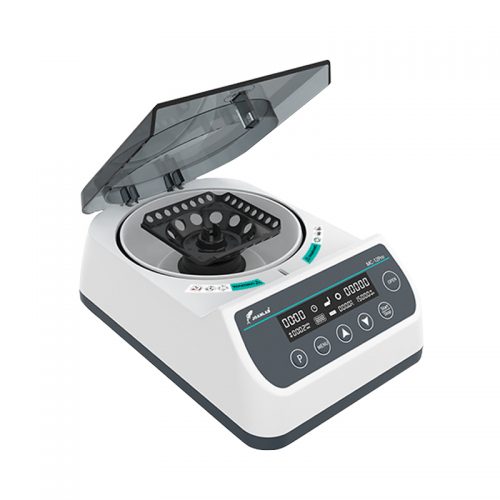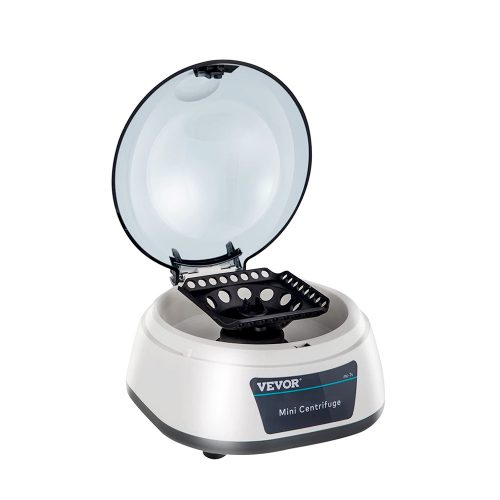BEST CENTRIFUGE MACHINE COLLECTION FOR YOU
- Centrifuge machine definition
- Principle of centrifuge machine
- The density of the sample and solution
- Temperature and viscosity
- The distance the particles are moved
- Velocity
- History of centrifuge machine
- What is a centrifuge machine used for?
Industrial centrifuges are used in waste treatment and manufacturing industries to separate immiscible liquids and precipitate solids. Ultracentrifuges and high-speed centrifuges provide extremely high acceleration to separate molecules of different masses and particles down to the nanoscale. Large centrifuges are often used to simulate high acceleration or high gravity environments. Medium-sized centrifuges are used in swimming pools and washing machines. Gas centrifuges are used for isotope separation.
- Best Brands
Cytospin
RegenLab
The test tube is inserted into one of the ports.
According to the number of samples, insert a test tube filled with water to maintain balance.
Secure the cap and select the settings.
Start the centrifuge.
Wait for the centrifuge to stop spinning
Remove the balance and the sample.
It is important to understand how it works to help you use the centrifuge correctly.
- Balancing the centrifuge
When using the centrifuge, it is essential to balance your samples.
Fill the tubes all evenly with a liquid of similar density.
The tubes are within 0.1 gram of each other.
Place the tubes relative to each other to ensure that gravity is in the center.
If the number of tubes is odd, fill another tube with water for balancing.
- RPM & RCF
- Available rotors
1. Rotors are compatible with containers. Which shapes and sizes of tubes will you use?
2. Centrifuges may have fixed-angle and oscillating rotors. There are also microplate rotors, vertical rotors and PCR strip rotors.
3. Many rotors do not work well at maximum RCF, so you should know their RPM/RCF limits.
- Temperature range
- Safety Features
1. The electronic lid lock prevents the lid from being opened accidentally.
2. The imbalance sensor ensures that the centrifuge stops working when it does not get balanced.
3. A sealed rotor prevents the leakage of hazardous substances.
4. Rotor recognition technology ensures that the rotor speed does not exceed the maximum speed.
- Logistical factors
Some centrifuges can be noisy, especially when running for long periods. The manufacturer will tell you how noisy it is when running it at maximum speed.
- Centrifugal machine parts
Centrifuges are available with different controls. It will run the motor according to the settings. Some centrifuges have three, two or one processing settings, while some are customizable programs.
Benchtop Centrifuge Machine : $1,000 - $5,000
Big/ Large Centrifuge Machine / High Speed Centrifuge Machine: $10,000 - $25,000
Ultra Centrifuge Machine : $10,000 - $50,000
Avoid products containing chlorine ions or caustic detergents.
Use a plastic scrubbing brush that will not damage the coating.
Use centrifuge lubricant to lubricate rubber seals and barrel tanks.
Perform periodic disinfection.
Check for residue on the rotor.
Perform regular maintenance.
If the centrifuge is used frequently, then wear and tear can take a toll on critical components, and we recommend calibration every six months. If you use the centrifuge infrequently, you do not need to calibrate it so often.

